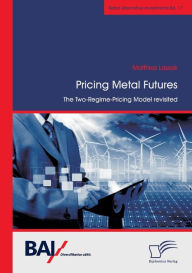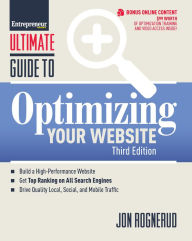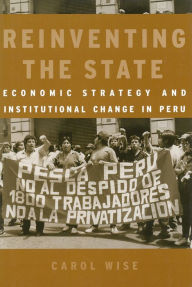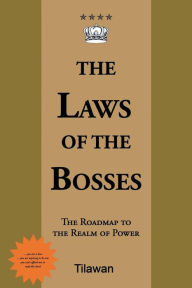Pricing Metal Futures. The Two-Regime-Pricing Model revisited
by Matthias Lassak
2020-04-23 16:18:49
Pricing Metal Futures. The Two-Regime-Pricing Model revisited
by Matthias Lassak
2020-04-23 16:18:49
The Two-Regime-Pricing (TRP) model developed by Bühler, Korn and Schöbel (2004) is an important bridge between two strands of the literature of commodity futures pricing. It incorporates both the notion of a convenience yield and the idea o...
Read more
The Two-Regime-Pricing (TRP) model developed by Bühler, Korn and Schöbel (2004) is an important bridge between two strands of the literature of commodity futures pricing. It incorporates both the notion of a convenience yield and the idea of pricing based on the underlying spot price process. This work uses the TRP model and applies the findings to the pricing of industrial metal futures. In detail, the purpose of this study is to price a variety of futures contracts written on the traded industrial metals Aluminium, Aluminium Alloy, Copper, Lead, Nickel, Tin and Zinc using the TRP model and to analyze ist strengths and weaknesses in doing so. Given the spot price specification, a bootstrap maximum likelihood estimation is performed to determine the model parameters. Given the estimation results, the out-of-sample performance of the TRP model is compared to two benchmark models in the literature. In addition, the behavior of the theoretical futures prices is matched to metal futures properties observed in the market. By outlining the statistical challenges in estimation and forecasting in much detail, this work is valuable for researchers and academics in the field of derivatives pricing.
Less






























